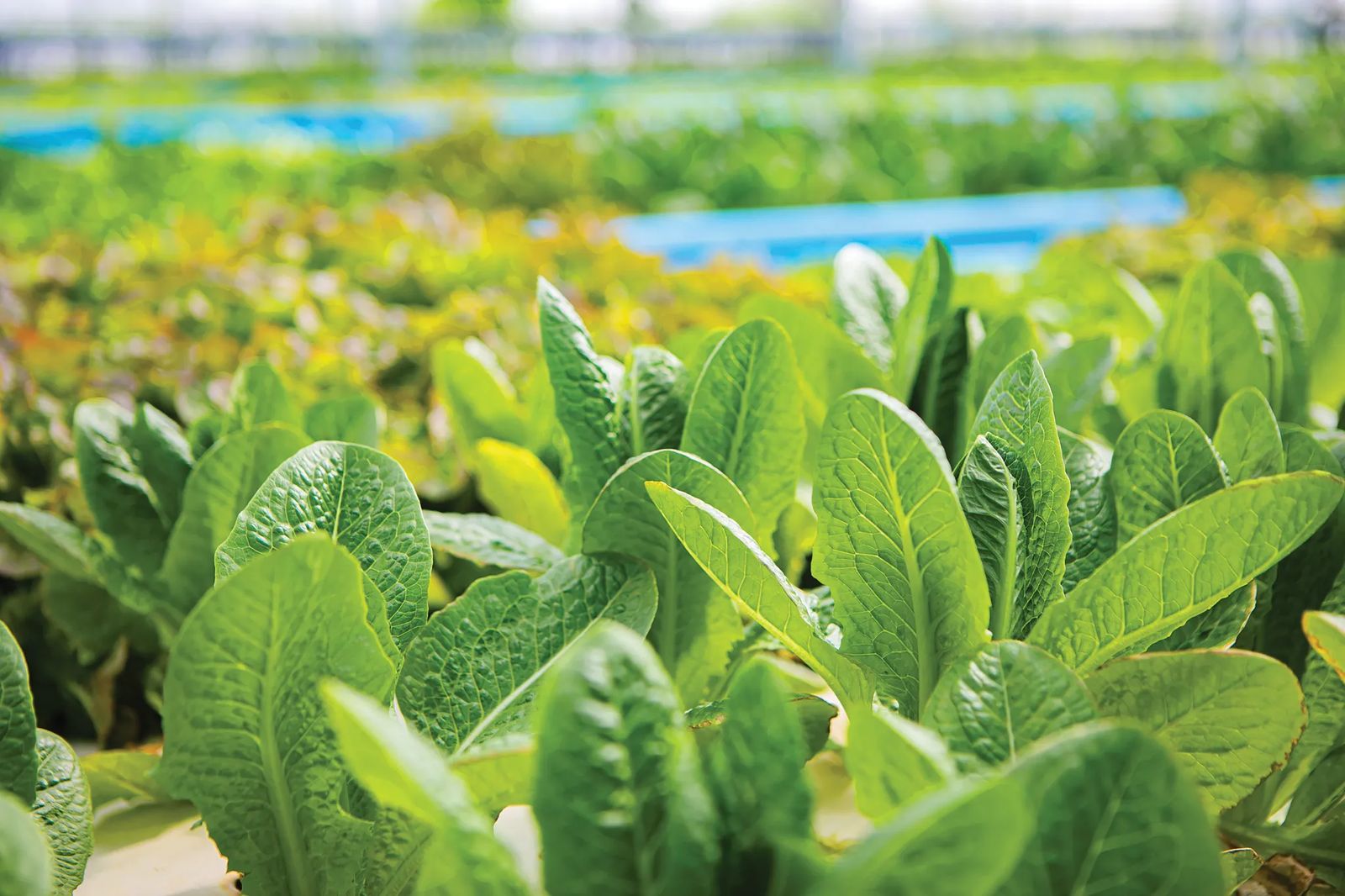
Bountiful Harvest: Tips for well-timed harvesting and bountiful yields
August 2024
by Anna Rogers
Sow in the spring, harvest in the fall – that’s gardening, right? Plant, wait, reap a bounty - it seems like a straightforward and organized process, but harvesting can be more complex and much less linear than we often think.
Proper harvesting is more than just plucking a result at the end of a plant’s seasonal life cycle. In fact, harvesting well can prolong a plant's life, increase its production, and preserve the shelf-life of the harvest.
One and Done, Cut and Come Again
Some garden plants are one and done – you harvest them once, and the plant has completed its life cycle. Examples are root vegetables like carrots, radishes, and potatoes, or a head of cabbage or lettuce.
Other plants, such as loose-leaf lettuces, peppers, tomatoes, and herbs, are “cut and come again” plants. Not only can you harvest them and return for many more harvests, but the plants need this to continue producing at maximum capacity. When plants are not harvested on time, it sends a message to the plant to slow down production.
The “Either-Ors” and Other Tricksters
Some plants can be either one and done or cut and come again. These versatile plants, like lettuces and bok choys, can be harvested as loose-leaf greens, or growers can wait and enjoy a larger “head” that’s harvested once.
Broccoli offers a main head and produces smaller offshoots that can be harvested as cut and come again.
Garlic yields early-season scapes that can be used for pesto or stir-fry. When the scapes are not harvested, the plant puts its energy into flower and seed production instead of producing a robust bulb. Harvesting both scapes and bulbs at the right times gives gardeners a greater abundance of garlicky goodness.
Bigger Isn’t Better
It’s tempting to wait for fruit to get bigger and bigger before harvesting. While a giant zucchini or turnip can look impressive, the flavor falls by the wayside when the fruit gets too large. Many varieties give tips on harvest size on the seed packets. Reference these or do a quick Google to determine the optimal picking size for your crops. Some zucchinis and cucumbers, for example, are better picked around six inches in length, while others are meant to stretch longer.
Regular, timely harvesting of plants also helps avoid damage to the fruit. Lettuce or spinach leaves that grow too big and are left for too long droop to the ground and get beaten up and dirty. Tomatoes left on the vine for too long can begin to crack.
Remember that veggies left on the plant for too long will signal the plant to slow production. Understand your vegetables’ optimal harvest sizes to enjoy superior flavor and yields.
Tips for Harvesting Some Common Montana Crops
One and Done Harvest Tips
ROOT VEGETABLES (radish, beet, carrot, potato) – Some root vegetables will show a little skin just above the soil line to give you a big hint as to their maturity, like radishes, beets, and carrots. But you’ll still want to pull a few to test the average size and decide if the time is right. Many of these can be eaten at a smaller size, and it might be a good idea to pull a few small ones early from closely planted clumps to give others more space to fully mature.
ALLIUM FAMILY (onion, garlic, leek, shallot) – Plants in the allium family usually have their most important growth below ground, though some plants – like leeks and bunching onions – can be checked for hearty girth above soil without having to dig up tests. With garlic, shallots, and bulbous onions, the leaves of the plant above ground will give some hints by browning and drooping. Many of these varieties can be cured for longer storage.
PUMPKINS AND WINTER SQUASH Harvesting these based on size and color alone is tempting, but a light frost before harvest sweetens them up! Cure in a sunny, dry spot to harden the rind, and these will last throughout the winter.
Cut and Come Again Harvest Tips
GREENS (loose-leaf lettuce, spinach, kale) – Harvest these very regularly. Young leaves are more tender and sweet, and regular harvest keeps plants from bolting quickly in the summer heat. Leave about an inch or two at the base of the plant.
HERBS (cilantro, basil, dill, parsley, thyme, sage) – Harvest leaves if you only need a little, but ideally, you will want to harvest stems from robust plants to stimulate more foliage and branching.
BEANS (bush and string beans) – Beans taste sweeter and are less fibrous when harvested on time. Don’t wait until the pods are bulging, but pick when they are full-sized and have smaller seeds inside.
PEPPERS, CUCUMBER, EGGPLANT, SUMMER SQUASH, TOMATOES Pick at the optimal fruit size for that particular variety. Color and skin texture also give useful clues!
Originally printed in the August 2024 issue of Simply Local Magazine
Check this article out in the digital issue of Simply Local here!

